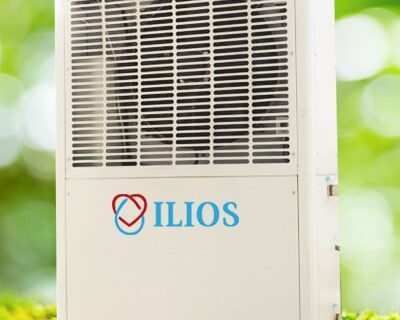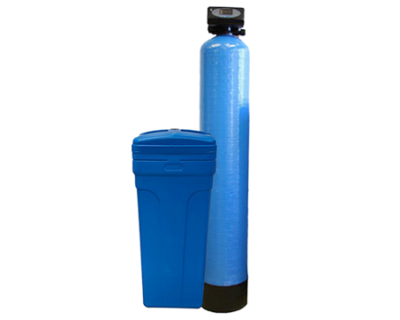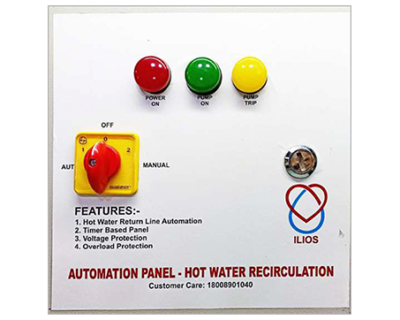Blog
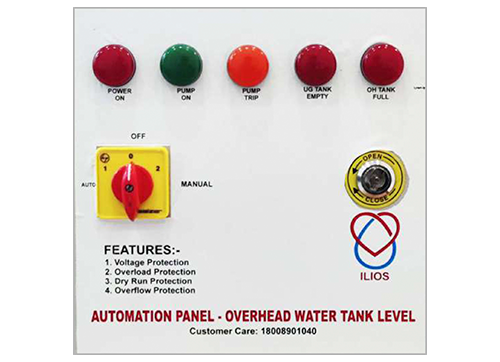
Simplifying Water Management: The Wonders of Overhead Tank Automation
In our daily routines, one of the most essential resources we rely on is water. Whether it’s for drinking, cooking, cleaning, or other household tasks, access to a reliable water supply is crucial for our well-being and comfort. However, managing water effectively can sometimes be a challenge, especially when it comes to maintaining optimal water levels in overhead tanks. This is where the marvel of overhead tank automation steps in to revolutionize the way we handle water in our homes and buildings. Let’s take a deeper dive into the world of overhead tank automation, unraveling its mechanisms, exploring its advantages, and understanding how it simplifies water management for everyone involved.
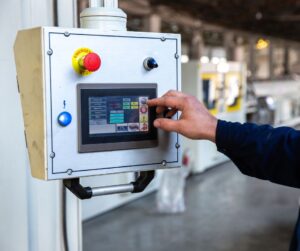
Understanding Overhead Tank Automation
At its heart, overhead tank automation is a smart system. It’s made to automatically fill and check water levels in overhead tanks. Instead of people having to control pumps and check water levels themselves, this system does it all by using sensors and controllers. Basically, it makes managing water levels easy and smooth for both homeowners and building managers.
How Does it Work?
The functioning of overhead tank automation can be broken down into two key components:
sensors and controllers:
- Sensors: These are like the system’s eyes, placed inside the overhead tank to keep an eye on the water level all the time. They send information to the controllers right away, telling them if the tank needs more water or if it’s full already.
- Controllers: These are like the brains of the system. They’re set up to understand the info from the sensors and do the right thing. When the water level gets too low, the controller tells the pump to start filling the tank. Once it’s full, the pump stops automatically to avoid spills and save water.
Benefits of Overhead Tank Automation
Now, let’s explore the myriad benefits that overhead tank automation brings to the table:
- Convenience: With overhead tank automation, you don’t have to worry about checking water levels or controlling pumps manually anymore. Homeowners and building managers can enjoy hands-free water management. The system does everything automatically, saving time and energy for other tasks.
- Water Conservation: Overhead tank automation helps save water by making sure pumps work efficiently and tanks don’t overflow. It means water is used wisely, reducing waste and helping the environment.
- Peace of Mind: You can relax knowing that the water supply is being taken care of, even when you’re not there to watch over it. There’s no need to worry about water shortages or tanks overflowing and causing floods.
- Energy Efficiency: By using pumps only when needed, overhead tank automation saves energy. This means lower electricity bills and less impact on the environment from using too much energy.
- Customization: Most systems let you adjust settings to fit your needs. Whether it’s changing fill levels, setting pump schedules, or adding extra features, you can personalize the system to work just the way you want it to.
- Installation and Maintenance: Trained technicians usually install overhead tank automation systems. Once they’re set up, they need very little maintenance. Just check the sensors and controllers now and then to make sure they’re working right. It’s also a good idea to have them serviced regularly to keep them working well for a long time.
Conclusion
In summary, overhead tank automation is a big step forward in how we manage water. It brings lots of benefits for homeowners, building managers, and communities. By taking care of filling and watching over water levels in overhead tanks, this system makes things easier, saves water, and makes everything run smoother. Whether you want to make life simpler, save water, or help the environment, overhead tank automation is a smart choice that really works. So, think about trying out this amazing technology and see how easy water management can be!


